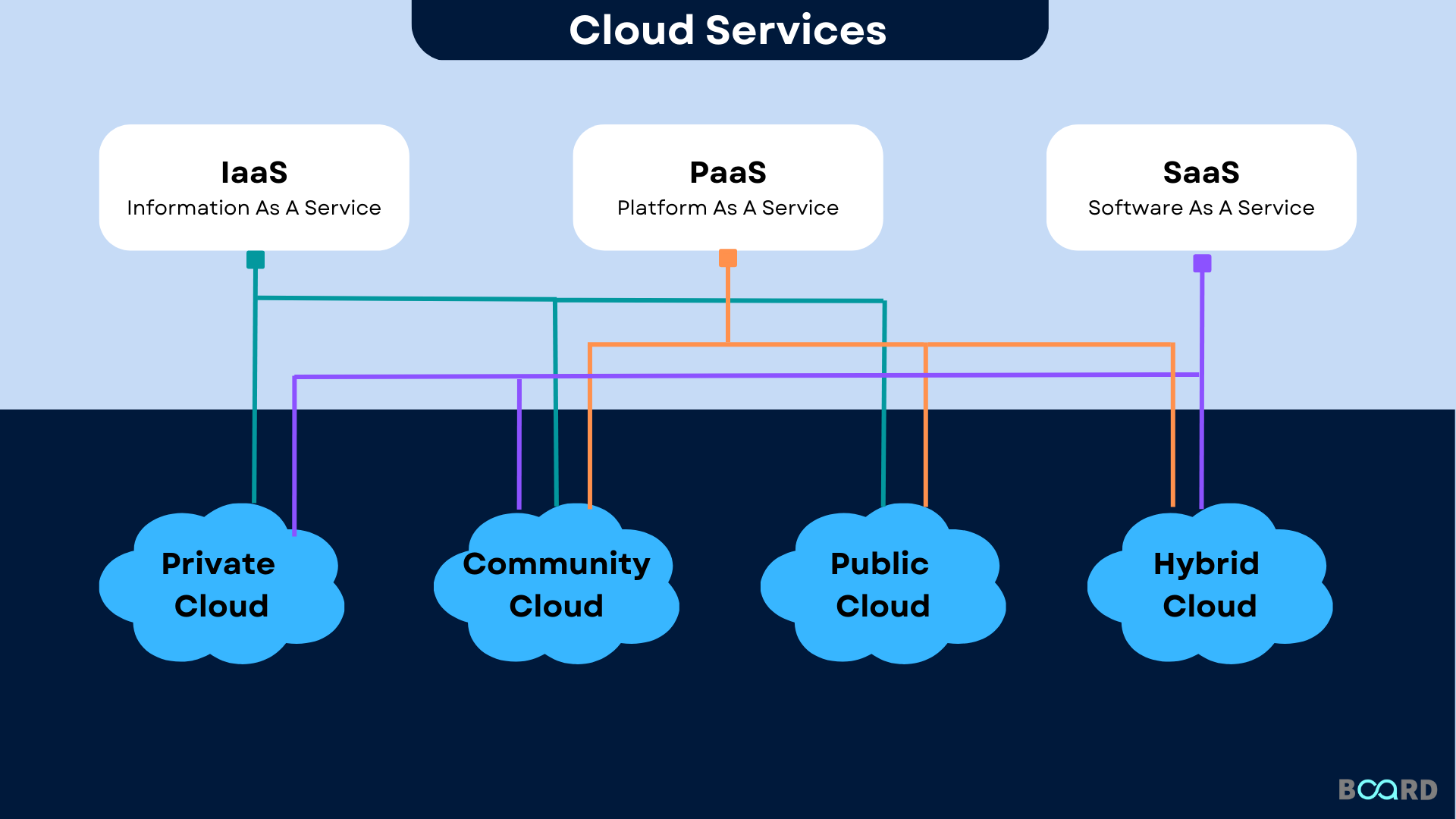Drive Innovation: Utilizing the Power of Cloud Provider
In the busy landscape of modern-day service, taking advantage of the power of cloud services has become an important aspect for organizations aiming to drive development and preserve an one-upmanship. The ability to scale sources dynamically, embrace sophisticated technologies effortlessly, and simplify growth procedures efficiently can dramatically impact an organization's capacity to adjust and innovate. As we discover the intricate connection in between cloud solutions and development, interesting insights on how cloud options change traditional organization practices and lead the way for groundbreaking improvements will certainly be disclosed.
Benefits of Cloud Services
Cloud services provide various advantages to people and businesses seeking effective and adaptable solutions for their electronic demands. Among the vital advantages of using cloud services is the cost-effectiveness they supply. By relocating to the cloud, organizations can get rid of the requirement for expensive on-premises equipment and upkeep costs, instead choosing a pay-as-you-go model that lines up with usage. This scalability allows companies to change sources based upon need, resulting in optimum cost management.
Moreover, cloud solutions enhance access and cooperation amongst groups. With information kept in the cloud, staff members can firmly access data and applications from anywhere with a net link, promoting remote job abilities and improving productivity. Real-time collaboration functions allow multiple individuals to service files at the same time, fostering smooth teamwork regardless of physical place.
Another advantage of cloud solutions is the boosted data security and catastrophe recuperation they provide. Cloud providers implement advanced protection procedures to secure information from cyber dangers, guaranteeing compliance with industry laws. In addition, automatic backups and healing solutions lessen the risk of data loss because of unexpected events, supplying comfort to customers.
Cloud Movement Approaches
Transitioning to cloud services involves thorough preparation and calculated implementation to ensure a smooth and reliable movement procedure. There are numerous cloud movement methods that organizations can take into consideration when moving their operations to the cloud. One common strategy is the 'Rehost' technique, where applications are lifted and changed to the cloud with very little adjustments. This technique is quick however may not totally enhance cloud benefits. The 'Replatform' method includes making some cloud optimizations during migration, such as upgrading the application design to capitalize on cloud-native functions. linkdaddy cloud services press release. For a more comprehensive transformation, the 'Refactor' method entails rearchitecting applications to be cloud-native, enhancing scalability and efficiency. Additionally, the 'Repurchase' technique includes replacing existing software with cloud-based choices, while the 'Retire' technique entails decommissioning redundant applications. Choosing the ideal movement strategy depends upon aspects like cost, timeline, and desired end results, requiring a mindful examination of each alternative's advantages and challenges.
Enhancing Cooperation in the Cloud
Enhancing group partnership via cloud-based tools can substantially improve performance and enhance interaction within organizations. By leveraging cloud services, groups can collaborate flawlessly no matter their physical places, making it possible for real-time partnership on jobs. Cloud-based interaction devices such as Slack, Microsoft Teams, or Google Workspace give a centralized platform for employee to share files, exchange concepts, and coordinate jobs successfully. These devices supply attributes like instantaneous messaging, video conferencing, file sharing, and project monitoring, improving team effort and lowering dependence on typical communication methods like emails.

Safety And Security Factors To Consider for Cloud Fostering
How can companies guarantee the robust safety of their data when adopting cloud solutions? Safety considerations are paramount in the fostering of cloud solutions. To safeguard data, companies have to initially conduct a comprehensive danger assessment to recognize prospective susceptabilities and dangers. Executing solid encryption methods for information both en route and at remainder is crucial. Access control systems should be established to limit unauthorized entry, and multi-factor verification can add an extra layer of protection. Routine security audits and tracking of the cloud environment help in identifying and reducing any safety violations without delay.

Cloud-Native Development Practices
In the realm of cloud computing, embracing cloud-native technology methods is crucial for companies aiming to maximize their electronic framework and enhance operational efficiency. Cloud-native innovation practices include creating applications especially for cloud atmospheres, leveraging the scalability, versatility, and dexterity that cloud services supply. By designing applications with cloud-native concepts in mind, such as microservices architecture, containerization, and orchestration, companies can streamline their advancement procedures, improve source use, and respond better to altering market needs.
Additionally, cloud-native development methods advertise constant assimilation and constant distribution (CI/CD) pipes, allowing automated screening, deployment, and monitoring of applications. This iterative method promotes faster try this technology cycles and boosts total software top quality. Additionally, making use of serverless computing and managed services enables organizations to focus on creating core business performances while offloading infrastructure monitoring tasks to shadow service suppliers.
In significance, embracing cloud-native development practices empowers companies to drive development, speed up time-to-market, and remain affordable in today's swiftly developing digital landscape.
Final Thought

As we check out the detailed connection between cloud solutions and advancement, intriguing insights on just how cloud options change typical service methods and lead the way for groundbreaking advancements will be disclosed. - Cloud Services
There are a number of cloud migration methods that organizations can take into consideration when moving their operations to the cloud. Cloud-native development techniques navigate here entail creating applications especially for cloud environments, leveraging the scalability, adaptability, and dexterity that cloud services use. Additionally, the use of serverless computer and took care of services enables companies to concentrate on creating core organization capabilities while unloading framework management jobs to shadow solution providers.
It is necessary for business to consider cloud movement techniques, enhance cooperation in the cloud, and prioritize safety and security measures to make sure successful fostering of cloud services and drive innovation within their company.